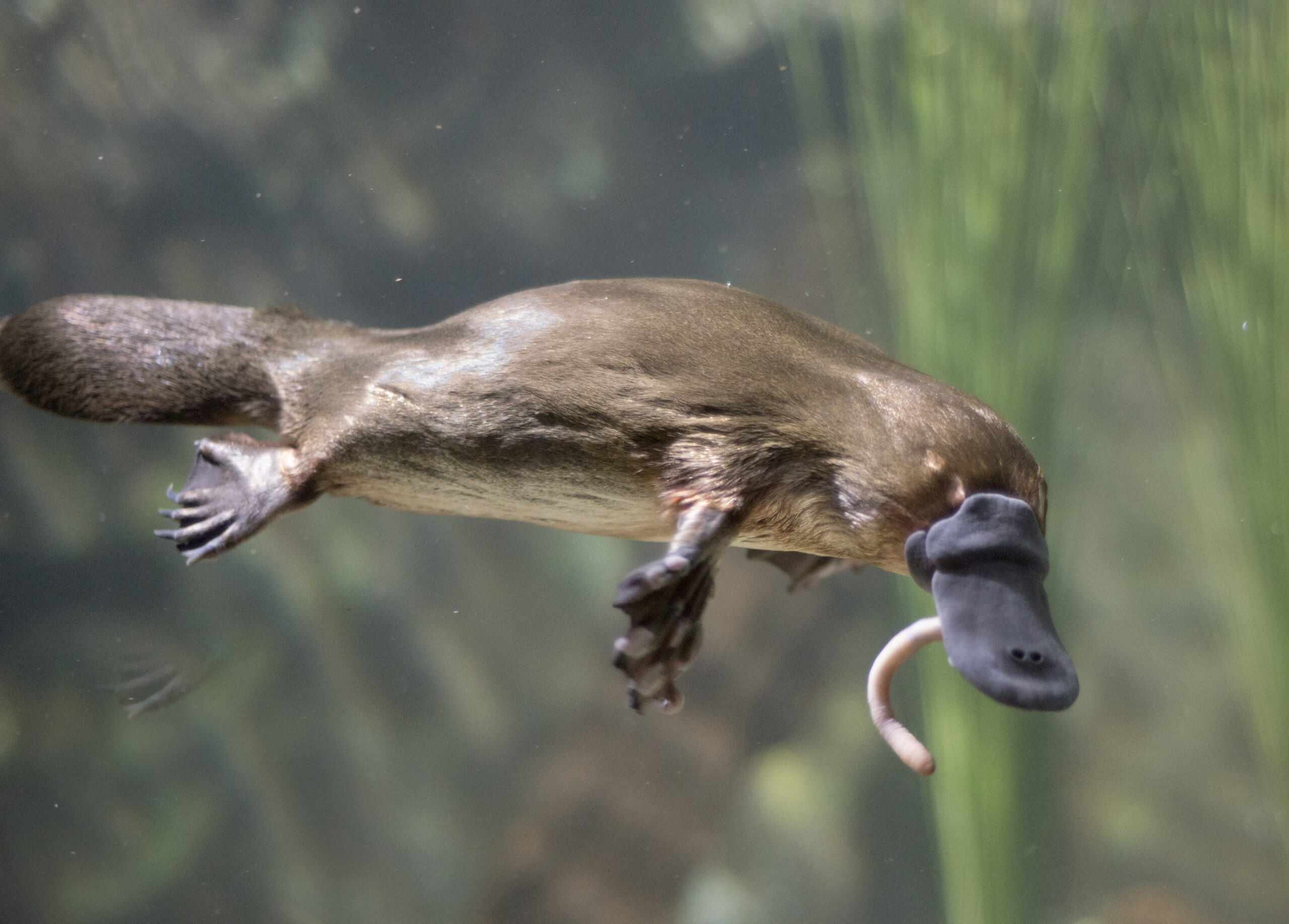Platypus survival may be jeopardized — but don’t tell one Australian woman they don’t have potent self-defense weapons.
Jenny Forward was driving along an Australian highway when she spotted a platypus near a gutter drain. Assuming the animal was injured, Forward stopped her vehicle, approached the platypus, and picked it up, according to ABC News.
That’s when the trouble started. She suddenly felt two sharp stings on each side of her right hand. Forward knew she’d made a “big mistake.”
That was accurate — male platypuses can stab attackers or male opponents with two sharp, venomous spurs on the insides of their hind feet.
A male Platypus has ‘spurs’ located on its hind legs, these half-inch spikes are venomous and are connected to modified sweat glands. Scientists have also recently discovered that the venom can help treat diabetes in humans.
by inDamnthatsinteresting
They’re on high alert during mating season, when competition between virile males runs high. Attacks on humans are rare. Bonorong Wildlife Sanctuary director Greg Irons told ABC he only recalled “three or four cases” of platypus spurring in 22 years.
And even though it’s rare for a platypus to spur a human, it’s not a good feeling for any victim. The sticky, clear venom doesn’t isn’t life-threatening, but it can cause painful swelling.
That’s what happened to Forward, who soon checked into the local hospital in agony.
‘Worse than childbirth’
“It was as though someone had stabbed [my hand] with a knife,” Forward told the news network. “The pain was excruciating…definitely worse than childbirth.”
Forward’s symptoms persisted for several days. But a sudden and unlikely affinity for platypuses outlived the ill effects of her wounds.
Despite the wounds she received, Forward didn’t drop the semi-aquatic mammal from her clutches. It landed in medical care just like Forward.
Veterinarians soon released the animal back into the wild in good health. And when Forward left the hospital, she quickly took up a mission to care for the creatures.
Irons, the wildlife administrator, confirmed her initial impulse to care for the platypus was a common response to seeing one on the road.
“Platypus will travel fairly long distances on land and they also use drains as highways,” he said.

Platypuses are one only of two mammal species that lay eggs. Photo: NSW Department of Primary Industries via Fotor






